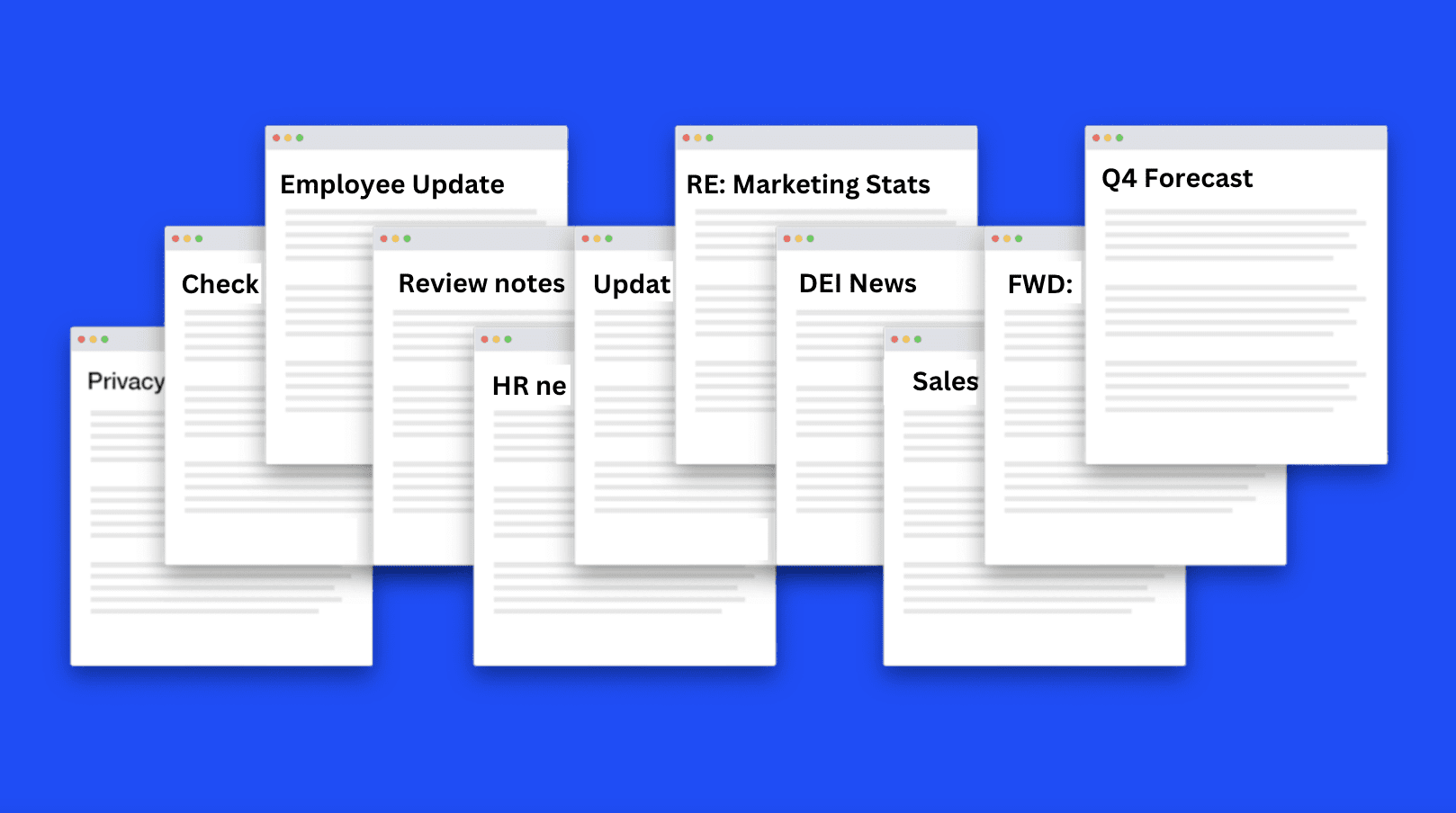How to reduce email volume by 40% while increasing open rates

“The last thing you want to do is bombard people's inboxes with too many updates," said Tina Amirkiai, Director of Employee Communications at GRAIL at a recent Axios HQ event. "That defeats the purpose of having a newsletter and being more efficient with our communications.”
-
Why it matters: You cannot ensure messages get absorbed and acted upon unless they actually get opened and read. Achieving that starts with an efficient cadence that works for your culture, unique employees, and different office locations.
Laura Kennedy, Senior Manager of Internal Communications at Life Time Inc., agreed: “Through the introduction of these newsletters, we were actually able to reduce the emails by between 40% and 50%…but still deliver the same level of information and detail.” And cutting down the number of emails resulted in higher open rates across the board.
By the numbers:
- Laura gets an average 75% open rate across: 9 total newsletters, 5-6 weekly sends, 2 bi-weekly sends, and 1 monthly send
- Tina’s gets an average 82% open rate across: 1 weekly newsletter and several functional newsletters coming from leaders for specific groups sent weekly, monthly, or quarterly depending on audience
To hit open rates like those, focus content on the updates employees want and need to get the job done. Or as Laura puts it, “approach internal communications not just as the delivery of information, but as a mechanism to make your employees’ jobs easier.”
👇 Playbook for efficient updates:
- Combine ad-hoc updates. Take stock of all the different communications your org is sending. Compile one-off messages into single-source-of-truth update(s) to cut back on inbox clutter.
- Coordinate with outside teams. Work with outside groups to help gather those updates into condensed sends. Let those who know the business best speak to their areas, but make yourself available to help. Set deadlines for submissions and keep holidays or big upcoming announcements in mind so that updates don’t conflict or overlap.
- Run surveys. Send fewer updates by sending what employees want to hear. Laura’s team conducted a large communications survey of the entire org. It was short — just 10 questions — about how readers want to receive information and the type of information that's most important to them. What they found: “Our team wants proactive communications. When something is new and changing, they want a clear ‘why,’ they want context, they want to hear essential updates directly from their leader.”
The bottom line: Get employees on the same page by consolidating sends without losing critical content. Create a cadence of single source of truth updates so employees know where to look for critical information.
Go deeper: The communications channels employees want leaders to use





.webp)












.webp)

















